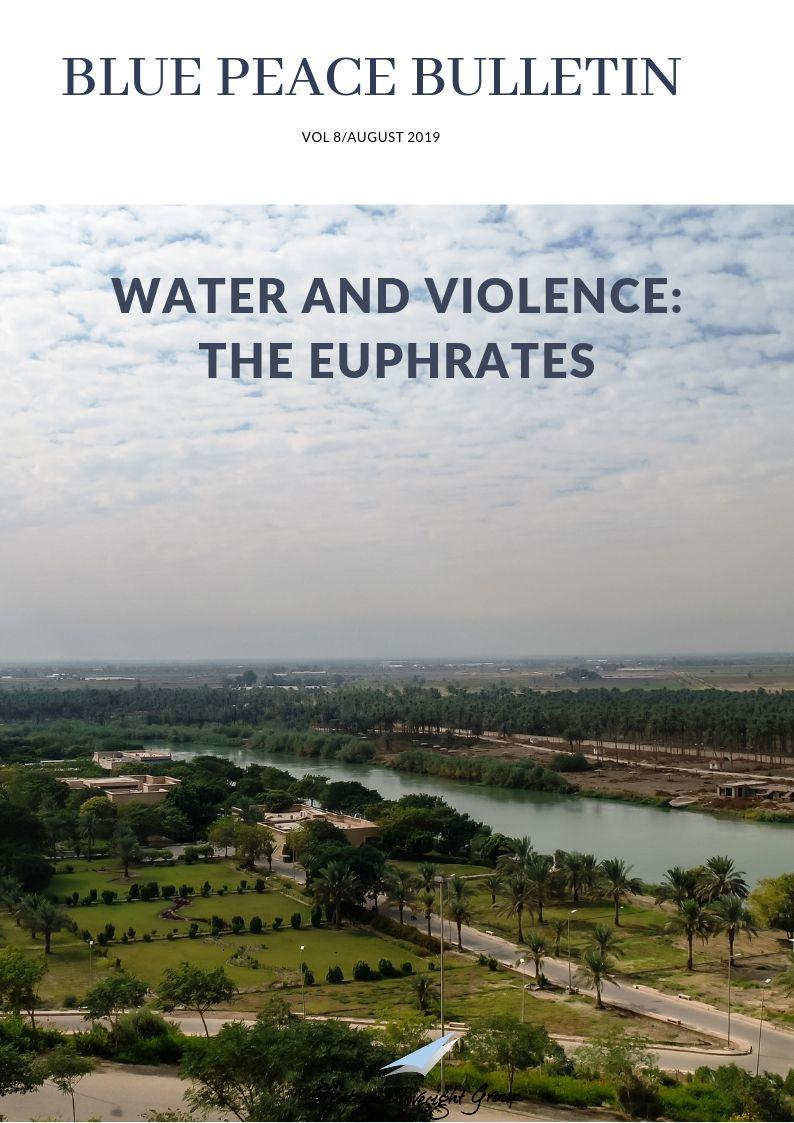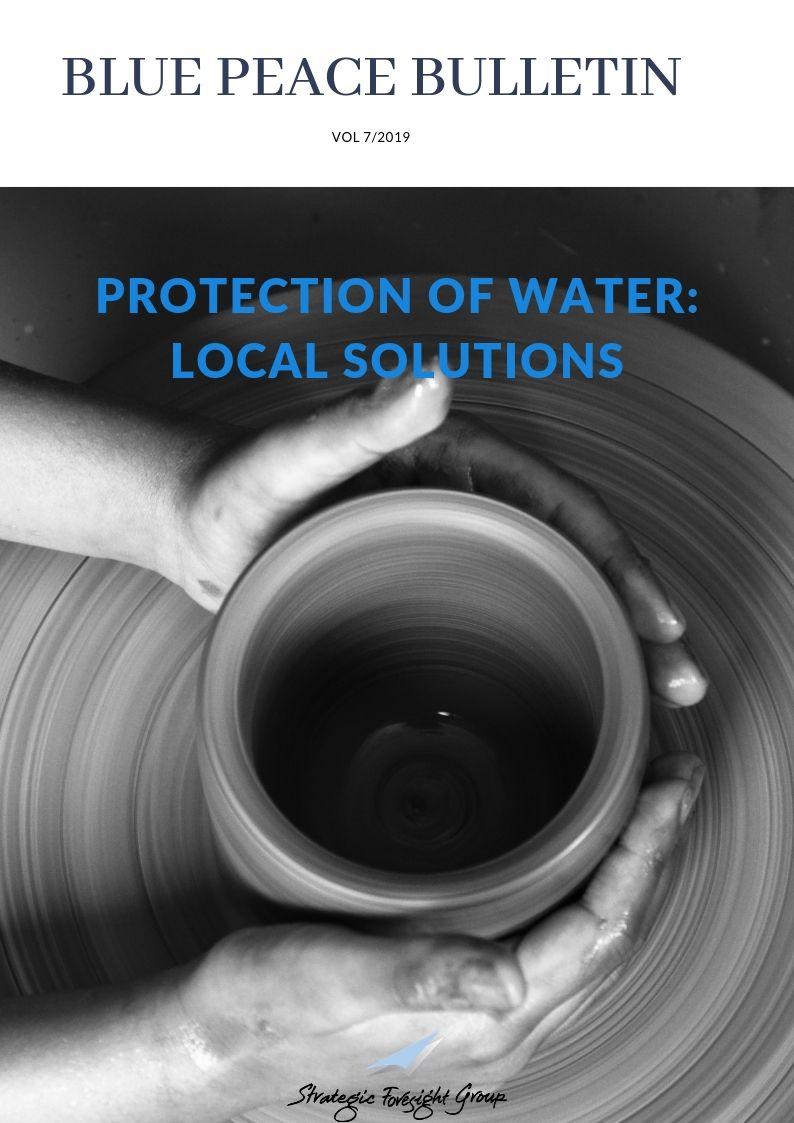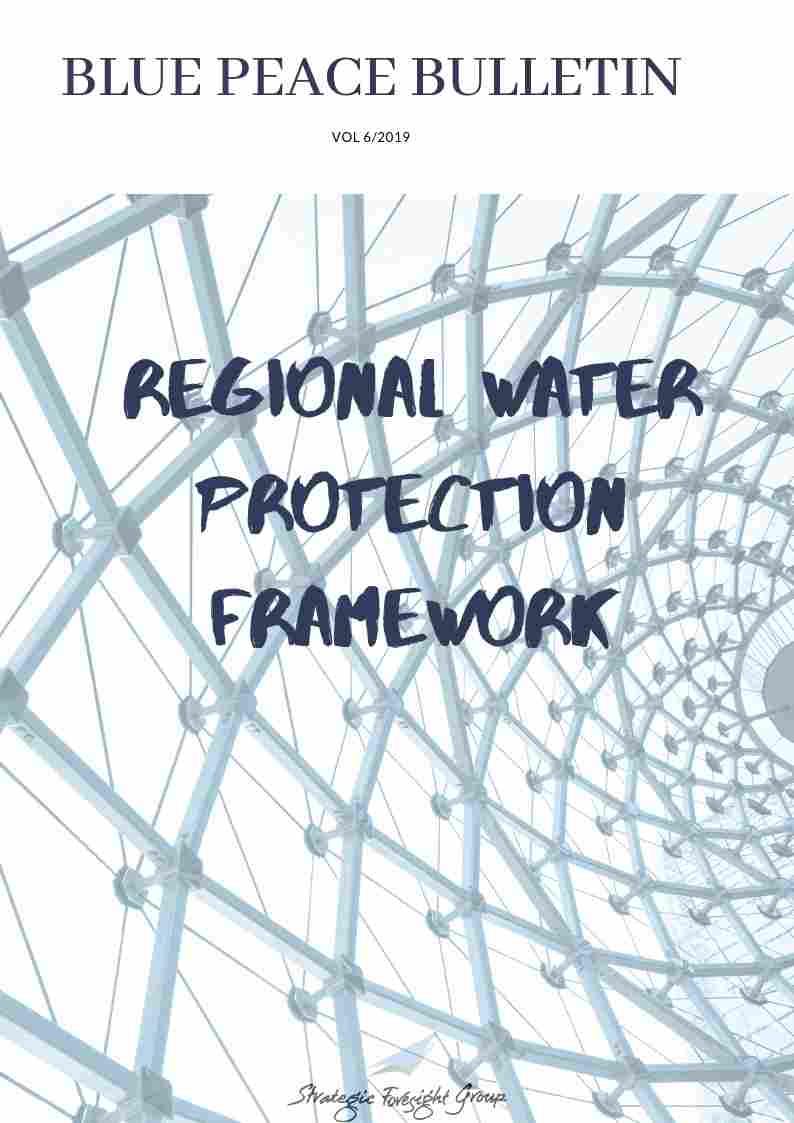Yellow River �€“ A Parched Death
|
|
May, 2009
By
|
China is water-scarce. With a per capita water availability of 2259 cubic meters in 2002, China�€™s water resources are barely enough to sustain its massive population of over 1.3 billion. Compared to this in 2002, the United States, with its population of just over 300 million, had a per capita water availability of approximately 10,837 cubic meters per year. Aiding China�€™s water-scarcity is the appalling state of its rivers; rivers like the Yangtze, Mekong, Yellow etc. that originate from the Tibetan Plateau, are all under threat due to numerous reasons like climate change, pollution, over-extraction etc. One of the main threats to the Yellow River, also known as the Huang He, is from desertification.
The 5464-kilometers long Yellow River, beginning in the Qinghai-Tibet plateau, winds its way east, across the North China Plain and ends in the Bohai Sea. Its basin is 795,000 square kilometers and supports around 189 million people. At present, the average per capita availability of water in the basin is 553 cubic meters per year; according to the World Bank, a per capita water availability of less than 1700 cubic meters for a region is �€˜dangerously low�€™.
The Yellow River has earned many names over its centuries-long trek across China; it is known as �€˜China�€™s Sorrow�€™ for its characteristic frequent flooding and �€˜Mother River�€™ for its role as the cradle of civilization in China. It has a highly eminent place in China. The Yellow River has witnessed the birth and growth of China and hence, has been a part of China�€™s history, culture and imagination for over 2000 years. It represents China�€™s ethos and sensitivity. But the Yellow River may soon become a seasonal river and lose its place as China�€™s venerable river.
According to the United Nations, desertification is �€œthe degradation of land in arid, semi-arid and sub-humid dry areas resulted from various factors, including climatic variations and human activities�€. This is exactly the process going on in the northern China. In terms of the number of people affected and the land area endangered, no other country in the world has been impacted by desertification to the extent that China has been. The main reasons for desertification are climate change, geological conditions, and human activities like deforestation, overgrazing and over-cultivation. Estimates say that over 110 million people in China already bear the firsthand impacts of desertification.
China has 12 deserts to begin with, that cover approximately 2.5 million square kilometers of its territory or around 27% of China�€™s land. As these deserts expand, most of the areas in China�€™s north and west are under threat of desertification; these areas experience regular droughts. According to estimates, these deserts are expanding at the rate of about 1283 square kilometers every year. Northwest China mostly falls in the rain-shadow area of the Himalayas; hence, it is the worst hit. But the northeast of China is not safe either; sands from the Gobi Desert are threatening Beijing where ferocious sandstorms have become commonplace. In the 1950s, the frequency of such sandstorms was once every 7-8 years; in the 1970s, this became once every 2-3 years. Since the 1990s, such sandstorms have become an annual problem for Beijing. Northern China is home to over 40% of the country�€™s population.
The Yellow River and its basin lie in arid, semi-arid and sub-humid dry regions in the north of China. Hence, the river and its basin are directly threatened by the expansion of deserts in North China. Additionally, the source region of the river in the Qinghai-Tibet Plateau has a very fragile ecosystem due to its specific geographic location. The melting of Tibet�€™s glaciers and permafrost, the increasing average temperatures and excessive human activity in this region are straining the environmental balance. The desertified land in the source region of the Yellow River has increased by 25.65% between the years 1986 and 2000. Over 3000 small lakes in this region have disappeared altogether. Grasslands like the Maqu and wetlands like the Ruo�€™ergai are slowly turning into deserts.
Such changes upstream strongly impact the hydrological conditions and the ecology of middle and lower reaches of the river. The effects are already clear for everyone to see. Due to frequent droughts and over exploitation, the river runs dry in its lower reaches for long periods every year; some experts have even said that the lower reaches of the river could be dry all year round as early as 2020.
So, the river that has been the cradle of Chinese civilization is on the verge of dying. Already prone to frequent flooding and droughts, the rapidly encroaching desert is slowly swallowing up the river. Shortage of water and desertification of land in the Yellow River basin is acting in tandem to constrain the agricultural productivity of the basin. Precious flora and fauna is fast disappearing as a result of the desertification.
To control the rate of desertification, the Chinese government has invested more than USD 144 million between the years 2000 and 2008; it has launched a number of projects to restore grasslands threatened by desertification. For example, by 2020, the �€˜Desert Control Scheme�€™, launched in 2006 aims to reclaim half of the desert area in China that has potential to be reclaimed. A fifth of China�€™s grasslands have a grazing ban in order to help restore degraded grasslands.
But the success of all these efforts depends on the level of enforcement, the rate at which the restoration is being undertaken and on the continuous supply of funds by the government. If desertification is allowed to go out of hand, it will create millions of environmental refugees as people would have to relocate and find new means of livelihood. Agricultural production will go down as there will be no arable lands and no water; as a result, China would have to depend on exports to fulfill its food supply. But the biggest impact would be the death of a river that has sustained China and its people for thousands of years.
Related Publications
Related latest News
Related Conferences Reports
-

An Unprecedented Opportunity:Blue Peace in the Middle East
Download:Stockholm Workshop Report
-

Strategy Workshop on Blue Peace in the Middle East
Download:Strategy Workshop on Blue Peace in the Middle East





